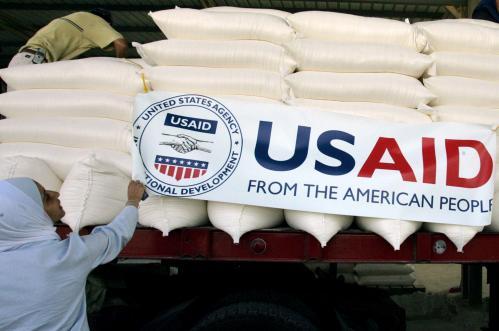EXECUTIVE SUMMARY
Of the $100+ billion of official development assistance disbursed by rich countries to developing countries in 2005 only $38 billion was oriented towards long-term development projects and programs. Of this $38 billion, perhaps half reached the intended beneficiaries. The balance of the money is tied up in special purpose funds like debt relief and technical assistance, or in administrative costs incurred in both the donor and recipient country. Presumably some is lost to corruption, too. A large gap has opened between poor countries’ pressing needs and official aid. In response, the nature of development assistance is rapidly changing. Traditional donors are splintering into many specialized agencies. Large new bilaterals have emerged from the South with their own approaches to development cooperation. The number of private nonprofits is exploding and the value of their donations could already equal or exceed official aid. The new reality of aid is one of enormous fragmentation and volatility, increasing costs and potentially decreasing effectiveness. A key challenge for the new era of development assistance will be to understand how coordination, information sharing and aid delivery will work in the new aid architecture.



